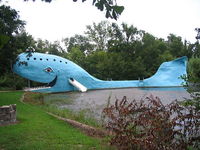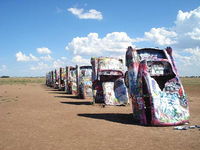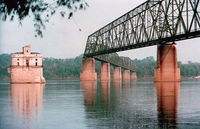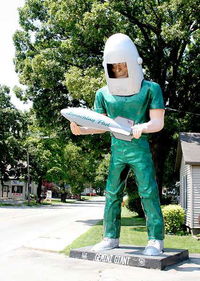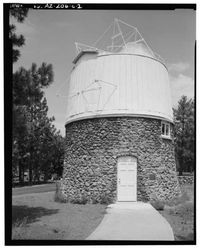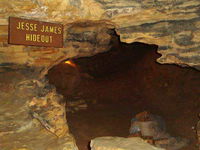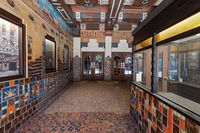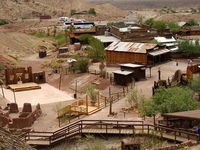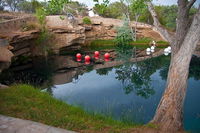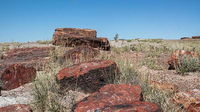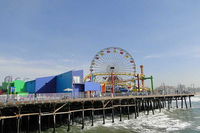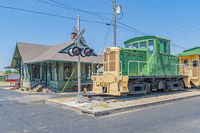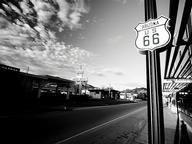
I Got My Kicks! Trivia Quiz
On Route 66
Come along with me for a ride on historic Route 66, which John Steinbeck called the Mother Road. He suggested that traveling the road was an escape, and gave hope for a new beginning.
by ponycargirl.
Estimated time: 3 mins.
- Home
- »
- Quizzes
- »
- World Trivia
- »
- Roads & Highways
- »
- Route 66
